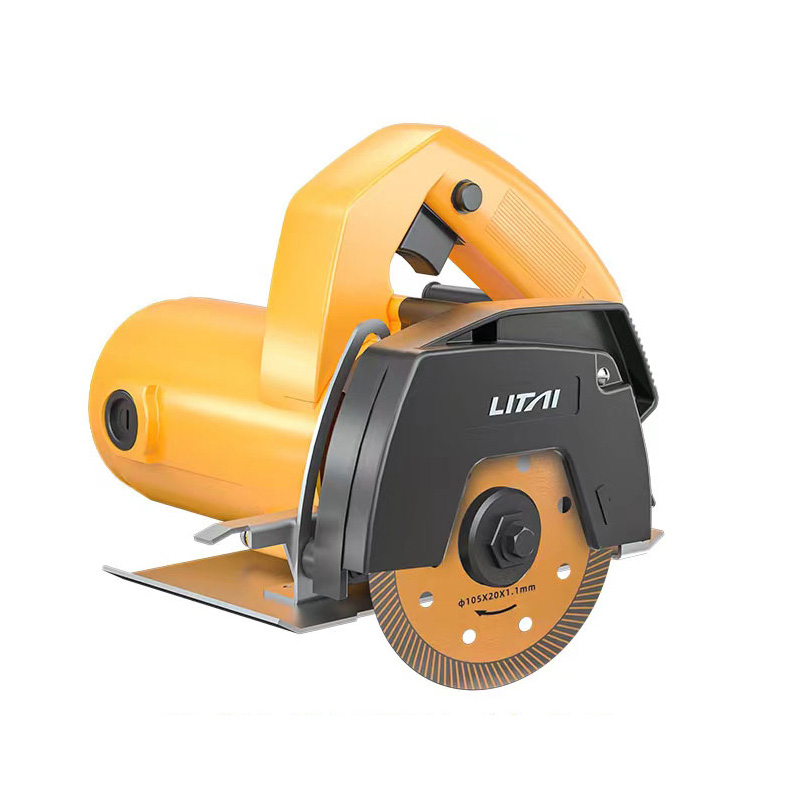Why Are Cutting Machines Essential for Precision and Efficiency in Modern Manufacturing Processes?
2025-02-22
In the fast-paced world of manufacturing, precision, speed, and efficiency are key factors that determine the success of production lines. One of the most vital pieces of equipment that contribute to these qualities is the cutting machine. Whether in the textile, metal, plastic, or woodworking industries, cutting machines are indispensable tools that allow for accurate cuts, quick turnaround times, and high-quality results. But why exactly are cutting machines so crucial, and what makes them the go-to solution for industries that require high precision?
In this blog, we will explore why cutting machines have become essential in modern manufacturing and how they contribute to better results, reduced waste, and improved productivity.
What Exactly is a Cutting Machine?
A cutting machine is a specialized tool designed to slice, trim, or shape materials with high accuracy. These machines come in various forms, including laser cutters, plasma cutters, water jet cutters, CNC (Computer Numerical Control) cutting machines, and mechanical cutting tools like shears and saws. The choice of cutting machine largely depends on the material being cut, the level of precision required, and the desired speed of production.
For example, laser cutters use concentrated beams of light to cut through materials with precision, while water jet cutters employ high-pressure water to make cuts in materials like metals, stone, and glass. CNC cutting machines, on the other hand, use computer control to precisely guide the cutting tool along a predetermined path, ensuring perfect cuts every time.
Why Are Cutting Machines So Essential for Manufacturing?
1. Precision and Accuracy
One of the most important reasons why cutting machines are essential is their precision. In industries like automotive, aerospace, and electronics, even a small error in the cutting process can lead to significant problems, such as misalignment, defects, or even safety issues. Cutting machines, particularly CNC and laser cutters, are designed to provide extremely accurate cuts, ensuring that every part meets strict specifications.
For example, CNC cutting machines can cut parts to the exact measurements programmed into the system, reducing human error and ensuring consistency across large production runs. Laser cutters, with their ability to focus beams with pinpoint accuracy, can create intricate and complex designs that are difficult to achieve with manual cutting methods.
2. Efficiency and Speed
In modern manufacturing, speed is crucial for meeting tight production deadlines and maintaining cost-effectiveness. Cutting machines, especially those that are automated, can significantly increase production speed while maintaining high quality. For instance, a CNC machine can perform repetitive cutting tasks with minimal downtime, allowing businesses to maximize output without sacrificing precision.
Additionally, automated cutting machines are often designed to operate 24/7, which can dramatically improve throughput and reduce lead times. With the ability to cut large volumes of material quickly and accurately, cutting machines help businesses stay competitive in a global marketplace where efficiency is paramount.
3. Consistency and Reduced Waste
Cutting machines offer consistent performance throughout long production runs. Unlike manual cutting methods, which can vary from one operator to another, a cutting machine can maintain the same cutting quality with every part it produces. This consistency helps ensure that all the components meet the required standards, resulting in fewer defects and less waste.
Moreover, cutting machines are designed to maximize material usage. For example, laser cutters often produce cleaner, more precise cuts, reducing the amount of waste material generated during the cutting process. This reduction in waste not only helps reduce costs but also contributes to a more environmentally friendly manufacturing process.
4. Flexibility for Different Materials
Cutting machines are incredibly versatile, able to work with a wide variety of materials, from metal and plastic to wood and textiles. Different types of cutting machines are suited for different materials and cutting applications, making them ideal for industries with diverse production needs.
For example:
- Laser cutters are ideal for cutting metals, plastics, and even fabrics, allowing for both simple and intricate designs.
- Water jet cutters can be used for materials that are sensitive to heat, like plastics or glass, since they don’t generate heat during the cutting process.
- CNC machines can be adapted to work with materials ranging from wood and metal to foam and composite materials.
This ability to cut a wide range of materials makes cutting machines indispensable in industries that require versatility in production.
5. Reduced Labor Costs and Increased Safety
Cutting machines, especially automated ones, can help reduce the reliance on manual labor, allowing operators to focus on other tasks while the machine performs repetitive cutting operations. This reduction in human labor not only cuts down on labor costs but also helps improve overall efficiency.
In addition, cutting machines are often equipped with safety features like enclosed work areas, emergency stop buttons, and automated controls that reduce the risk of accidents. These features make cutting machines safer to operate compared to traditional cutting methods, where manual handling increases the likelihood of errors and injuries.
6. Customization and Complex Cutting
Some cutting machines, like laser cutters and CNC machines, offer the ability to produce highly customized cuts with intricate designs. This capability is especially beneficial for industries that require detailed or bespoke parts, such as the aerospace and fashion industries. Whether it’s cutting detailed engravings into a metal plate or creating unique patterns in fabric, modern cutting machines can handle highly complex tasks that would be extremely difficult or time-consuming to achieve manually.
The level of customization offered by cutting machines also allows manufacturers to quickly respond to changing customer demands, producing small batches of customized components or prototypes with ease.
How to Choose the Right Cutting Machine for Your Needs?
With so many different types of cutting machines available, choosing the right one can be a bit overwhelming. Here are a few factors to consider when selecting a cutting machine:
- Material Type: Determine which materials you need to cut, and choose a machine that is suitable for those materials. For example, if you're working with metal, a plasma cutter or laser cutter might be a good choice, while water jet cutters work well for materials that are sensitive to heat.
- Cutting Precision: Consider the level of precision you need. CNC machines and laser cutters are ideal for high-precision cutting tasks, while mechanical cutting tools are better suited for more straightforward cutting applications.
- Production Volume: Think about how often you will need to use the cutting machine and how much material you need to cut. If you're working on high-volume production, you’ll want to invest in an automated cutting machine that can operate continuously with minimal intervention.
- Speed vs. Quality: If time is critical, look for machines that prioritize speed, but if quality and precision are more important, then opt for machines that focus on accuracy over volume.
Conclusion
Cutting machines are at the heart of modern manufacturing, enabling industries to produce high-quality, precision components quickly and efficiently. Whether you're cutting metal, plastic, wood, or fabric, the right cutting machine can enhance productivity, reduce waste, and provide consistent, reliable results. With their ability to handle a variety of materials, offer customization, and improve overall efficiency, cutting machines have become an indispensable part of the manufacturing landscape.
By understanding the specific needs of your production process and choosing the appropriate cutting machine, you can ensure that your business stays competitive, reduces costs, and delivers top-quality products to your customers.



